Exploring the Legacy of the Flavian Amphitheatre: A Journey Through Rome’s Colosseum”
The Flavian Amphitheatre, more commonly known as the Colosseum, is one of the most recognizable symbols of ancient Rome. With its towering structure and rich history, it continues to captivate millions of visitors each year. Built almost 2,000 years ago, this monumental arena was a showcase of Roman engineering. It also served as a center of public entertainment. Today, the Colosseum stands as a symbol of Rome’s imperial grandeur. At the same time, it reminds us of the vast cultural legacy left by the Romans.
In this article, we will take you on a journey through its history, architecture, and significance as an iconic landmark.
The Origins of the Colosseum
The story of the Colosseum begins under the reign of Emperor Vespasian in AD 70–72. As part of his vision to restore the grandeur of Rome following the turbulent years of the Nero era, Vespasian commissioned the construction of an amphitheater on the site of a former artificial lake that had been part of Nero’s Golden House. This strategic location symbolized a return to public entertainment and civic life, as well as an assertion of imperial power.
Upon Vespasian’s death, his son Titus completed the Colosseum in AD 80, and it was later refurbished by Emperor Domitian. The Colosseum’s official name, the Flavian Amphitheatre, reflects its connection to the Flavian dynasty, which governed Rome at the time of its construction.
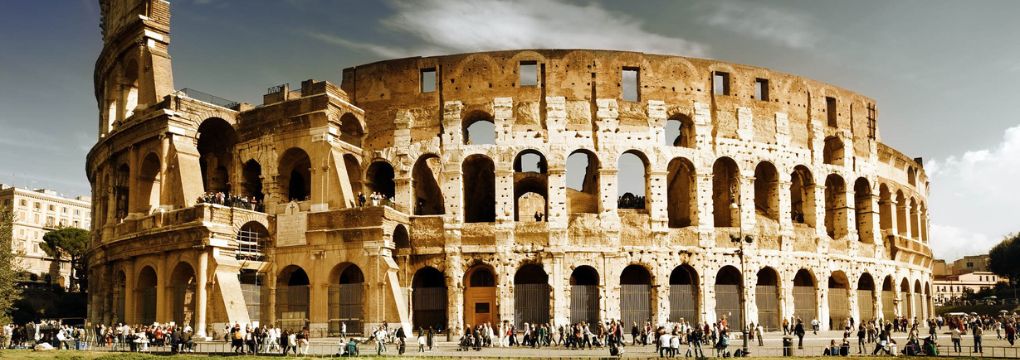
The Engineering
The Colosseum is an architectural masterpiece, showcasing the advanced engineering skills of ancient Romans. It was designed to hold between 50,000 and 80,000 spectators, with a complex system of entrances and exits that allowed for efficient crowd management. The amphitheater has an elliptical shape, measuring 189 meters in length and 156 meters in width. This design maximized visibility for all spectators. The innovative use of concrete, stone, and iron ensured a structure strong enough to withstand the test of time.
The Colosseum also featured intricate underground passages, or hypogeum, where animals, gladiators, and stage props were stored before being brought into the arena. Trapdoors and lifts were used to create dramatic and surprise entrances, heightening the spectacle of the games held within its walls.
The Spectacles
For centuries, the Colosseum served as the stage for some of the most extravagant and brutal public spectacles ever witnessed. The games held here were more than just entertainment; they were a powerful tool used by emperors to assert their dominance, entertain the masses, and demonstrate Roman values such as bravery, sacrifice, and loyalty.
Gladiatorial contests were the centerpiece of the Colosseum’s events, where armed fighters – often slaves, prisoners of war, or volunteers – would battle each other or wild animals to the death. In addition to these gruesome spectacles, the Colosseum also hosted mock naval battles, hunts of exotic animals like elephants and lions, and public executions, all designed to both awe and terrify the Roman public.
The Colosseum’s events, known as “games,” were free to the public, making them accessible to Romans from all walks of life. The sheer scale and variety of these events reflected Rome’s power and wealth and provided a means of social control and public entertainment.
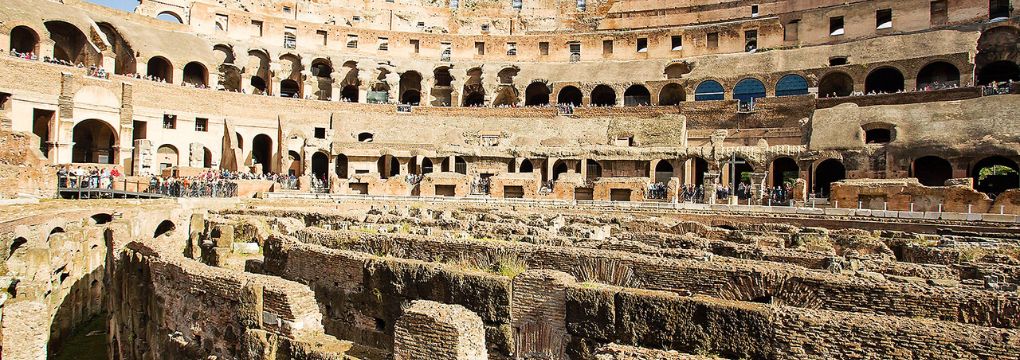
The Decline and Transformation:
As the Roman Empire began to decline, so too did the Colosseum’s role as a venue for public entertainment. The fall of Rome in the 5th century marked the beginning of a slow deterioration for the Colosseum. Earthquakes in 847 and 1231 caused significant damage to the structure, and much of the stone was stripped away for use in other construction projects.
By the medieval period, the Colosseum had fallen into disuse and was repurposed for a variety of functions, including housing, workshops, and even a Christian pilgrimage site. Despite its decline, the Colosseum remained a focal point of Roman identity and a reminder of the empire’s once-great power.
The Colosseum Today
Today, the Colosseum stands as one of Rome’s most visited tourist attractions, drawing millions of visitors from around the world. Its status as a UNESCO World Heritage site ensures that the Colosseum will be preserved for future generations. Despite centuries of natural disasters and human intervention, much of the Colosseum remains intact, and ongoing preservation efforts continue to protect its legacy.
The Colosseum is more than just a tourist destination; it serves as a symbol of Rome’s enduring historical and cultural influence. It is also a powerful reminder of the Roman Empire’s glory, as well as the darker aspects of its history. Visitors can explore its ruins, wander through the arena, and imagine the spectacles that once took place there, gaining a deeper understanding of ancient Roman society and its impact on the modern world.
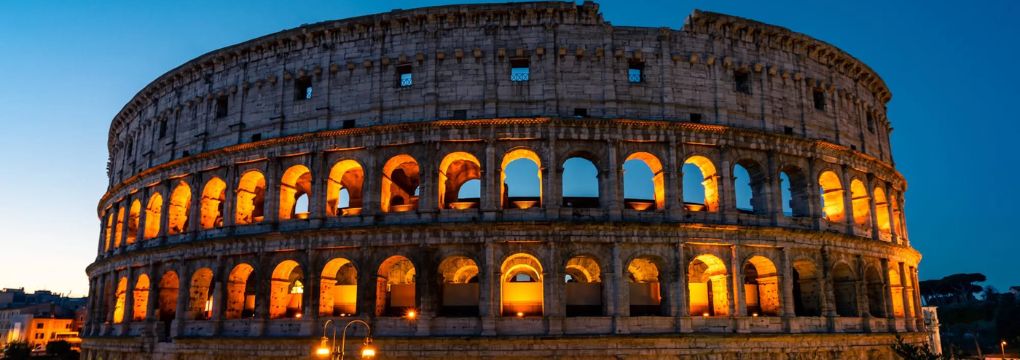
Take a Step Into Marvelous History
The Flavian Amphitheatre, or Colosseum, is a testament to the grandeur of ancient Rome. Its architectural brilliance, historical significance, and cultural impact make it one of the world’s most iconic landmarks.
For an unforgettable experience, explore the Colosseum with our curated tours, such as the Dolce Vita Tour and Colosseum Arena, the Rome Golf Cart Tour & Colosseum Guided Experience, or the Golf Cart Tour and Colosseum Arena Adventure. . Walk through its towering arches, uncover its underground chambers, and relive the spectacles that once captivated Rome.
Plan your visit today and step into history—an awe-inspiring journey through the heart of the Roman Empire.

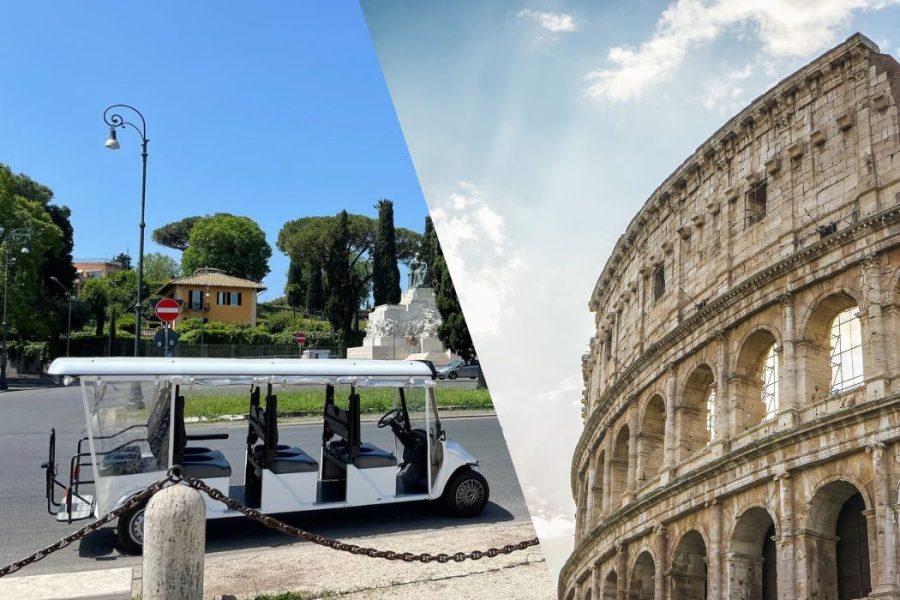
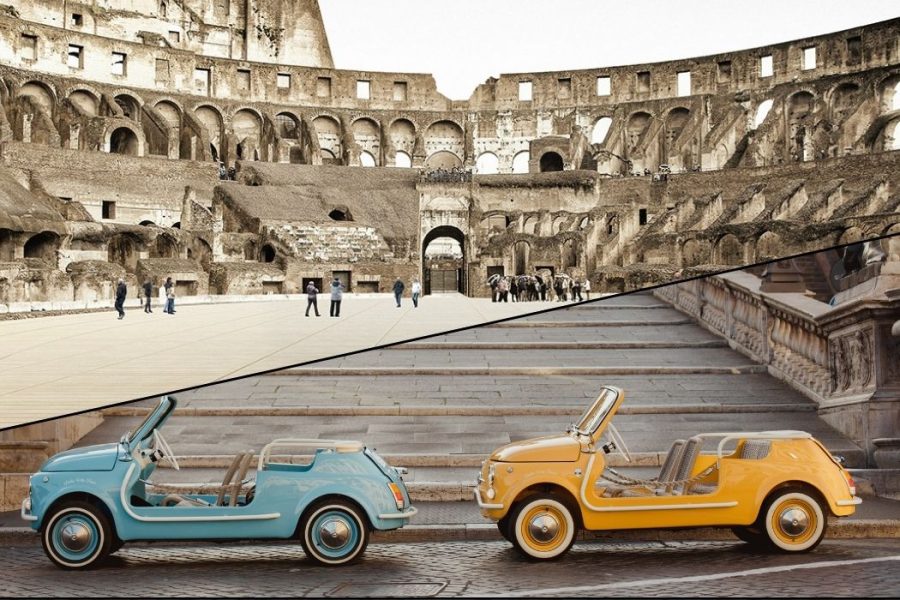
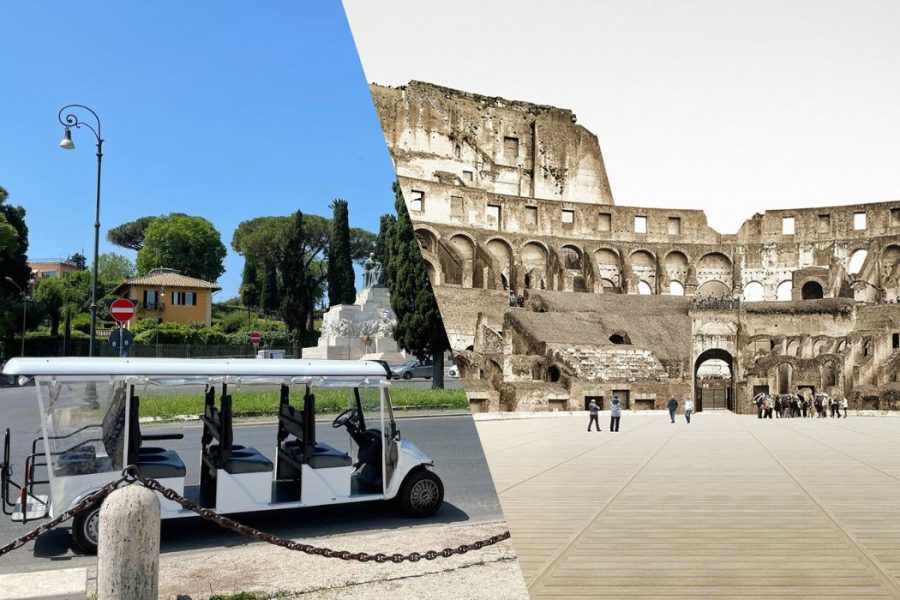



Comment (0)